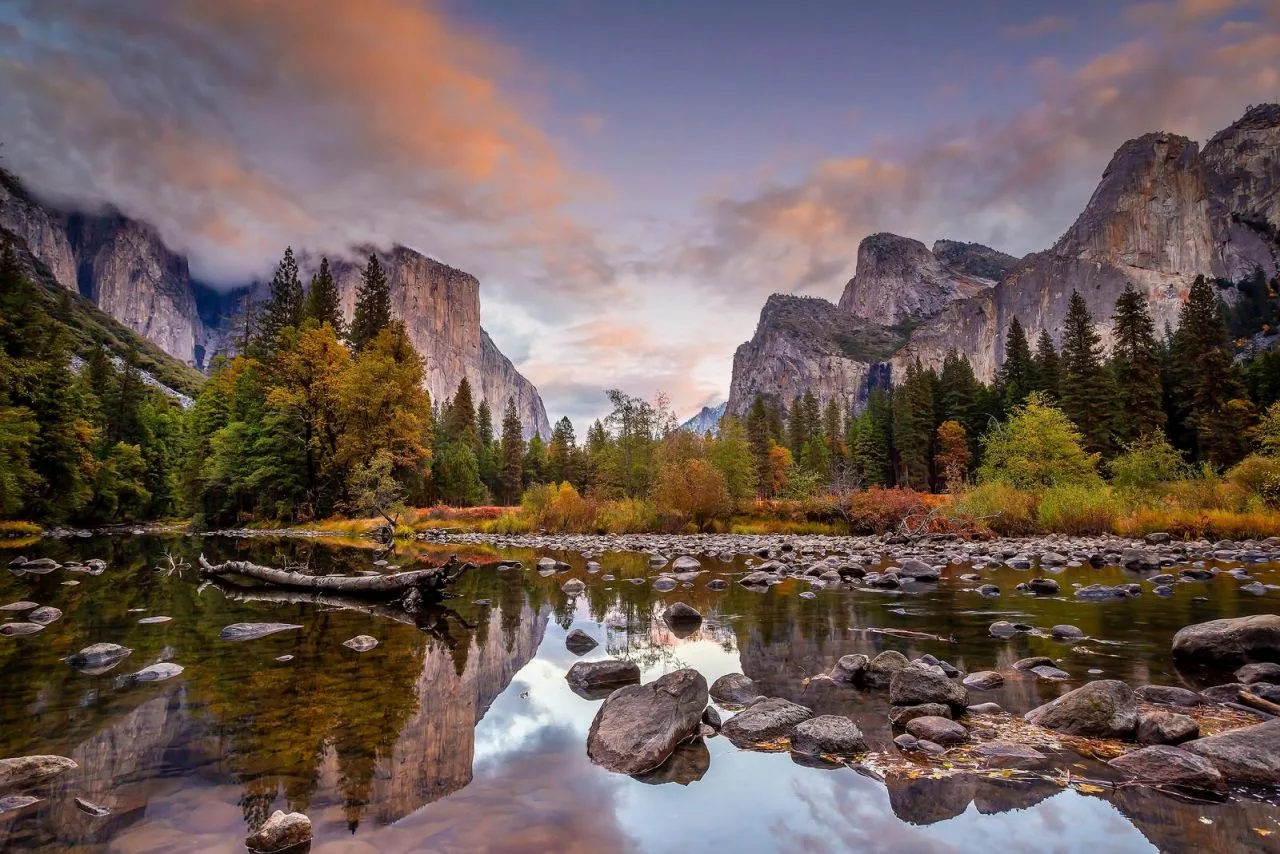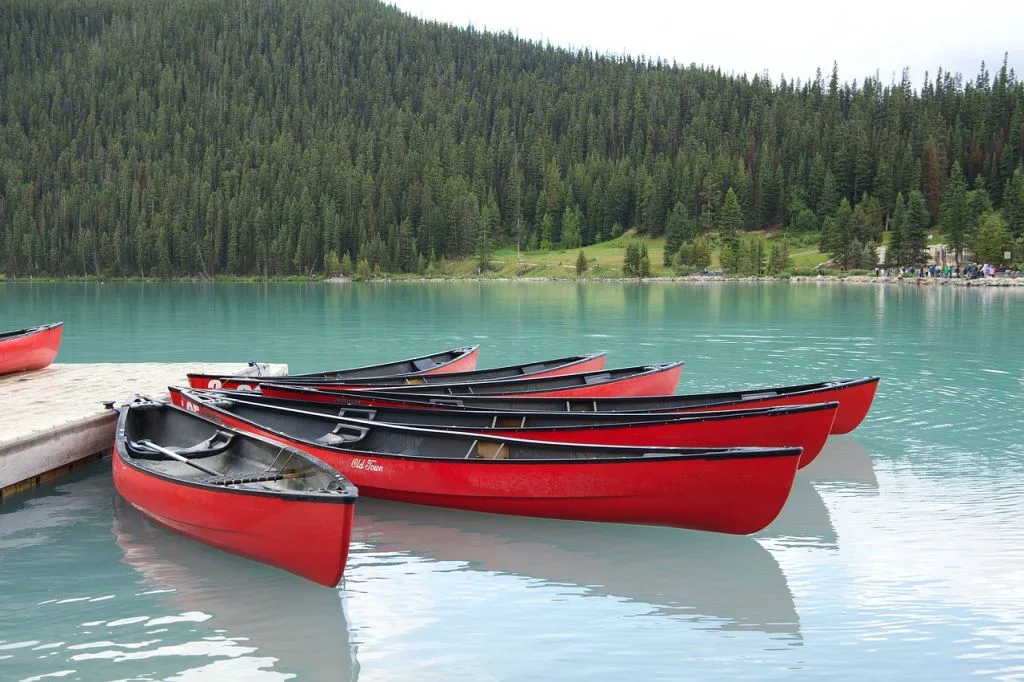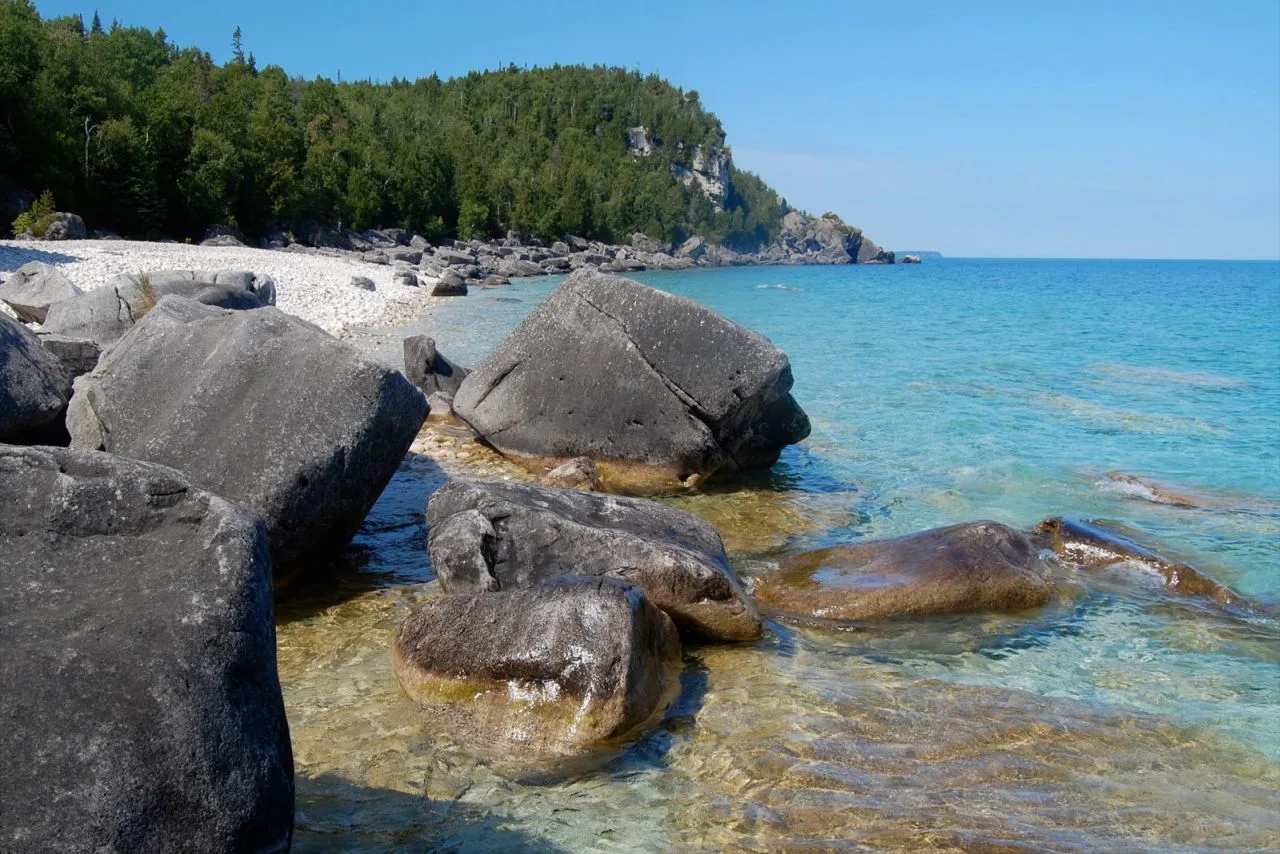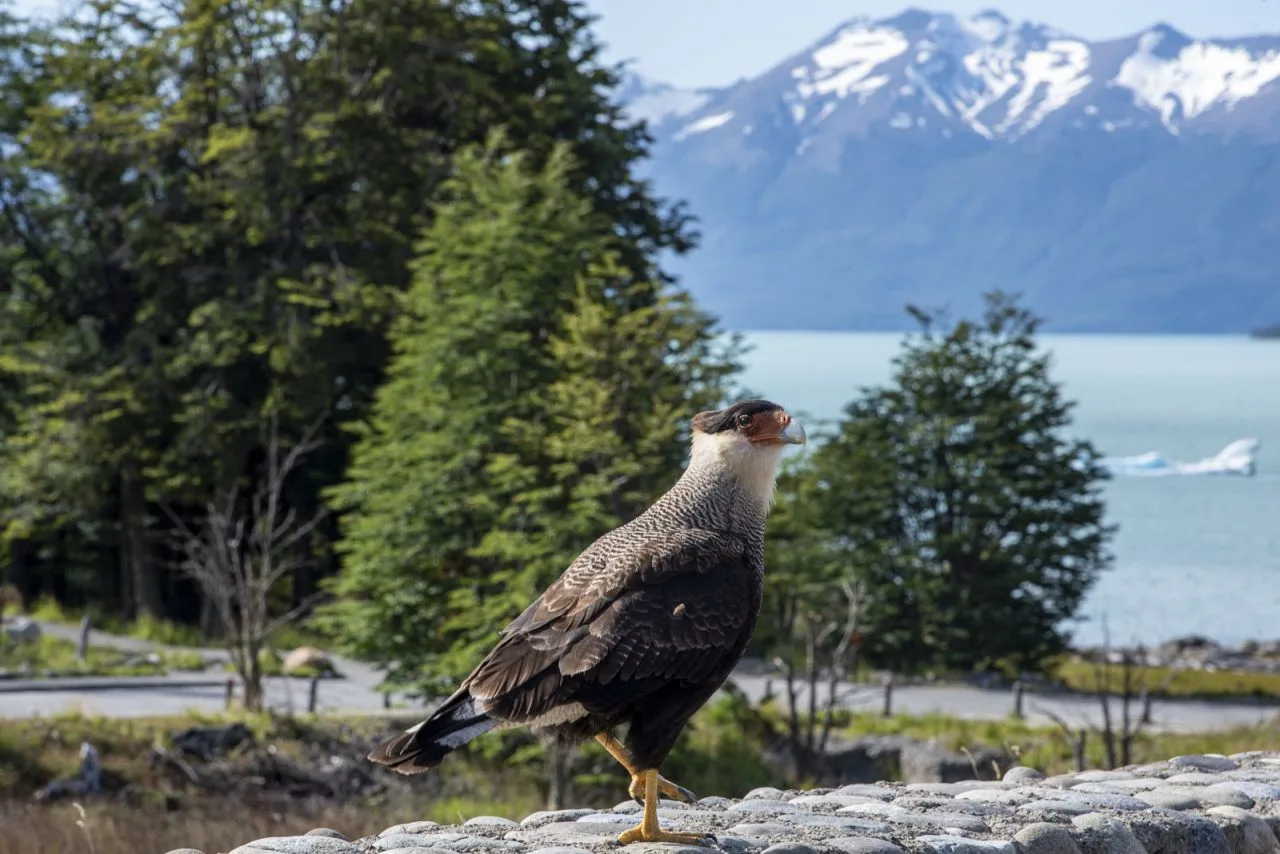Yosemite National Park
Address
Yosemite National Park
GPS
37.83930035, -119.51646348069
Welcome to the breathtaking wonders of Yosemite National Park! Nestled in the heart of California’s Sierra Nevada Mountains, this iconic destination is a haven for nature lovers and adventure seekers alike. With its towering granite cliffs, majestic waterfalls, and lush meadows, Yosemite offers a truly unparalleled experience that will leave you in awe.
As you embark on your journey through this natural masterpiece, prepare to be captivated by its beauty and serenity. Whether you’re an avid hiker ready to conquer challenging trails or simply seeking solace amidst nature’s grandeur, Yosemite has something for everyone. So pack your bags and get ready for an unforgettable adventure as we guide you through the wonders of Yosemite National Park. Let’s dive into this comprehensive travel guide and discover all that awaits within these magnificent landscapes!
The History and Significance of the Park
Yosemite National Park, nestled in the heart of the Sierra Nevada Mountains, is not just a stunning natural wonderland but also holds great historical and cultural significance. The park’s history dates back thousands of years, beginning with the Native American tribes who inhabited this land long before European settlers arrived.
These tribes, including the Ahwahneechee people, revered Yosemite Valley as a sacred place and lived in harmony with its majestic landscapes. It wasn’t until the mid-19th century that outsiders began to explore and document Yosemite’s wonders.
 In 1864, President Abraham Lincoln signed legislation granting protection to Yosemite Valley and Mariposa Grove, making it one of America’s first protected wilderness areas. This marked an important step forward in conservation efforts and laid the foundation for future national parks across the country.
In 1864, President Abraham Lincoln signed legislation granting protection to Yosemite Valley and Mariposa Grove, making it one of America’s first protected wilderness areas. This marked an important step forward in conservation efforts and laid the foundation for future national parks across the country.
The park gained further recognition when photographer Ansel Adams captured its breathtaking beauty through his iconic black-and-white images. His photographs helped raise awareness about environmental preservation and played a crucial role in advocating for national park protection.
Today, Yosemite National Park continues to inspire visitors from around the world with its towering granite cliffs, thundering waterfalls, lush meadows, and ancient sequoia trees. Its natural wonders serve as a reminder of our responsibility to protect these precious landscapes for future generations to enjoy.
Whether you’re an outdoor enthusiast seeking adventure or someone looking for solace amidst nature’s grandeur, Yosemite National Park offers something truly special. Take a stroll along Glacier Point Trail or hike up Half Dome for unparalleled views that will leave you in awe. Explore Tuolumne Meadows or go rock climbing on El Capitan – there are endless opportunities to immerse yourself in nature here.
Aside from its scenic beauty and recreational activities, Yosemite also plays host to numerous educational programs aimed at promoting environmental stewardship among visitors young and old. From ranger-led hikes to photography workshops focused on capturing nature’s magnificence – there’s always something new to learn and discover within the park.
Best Time to Visit Yosemite National Park
Yosemite National Park is a year-round destination, but the best time to visit depends on what you want to experience and your personal preferences. Each season offers its own unique charm and activities that cater to different interests.
 Springtime in Yosemite brings vibrant wildflowers, cascading waterfalls, and milder temperatures. The park bursts into life as nature awakens from winter slumber. It’s an incredible sight to witness the snowmelt feeding the majestic waterfalls, creating breathtaking displays of power and beauty.
Springtime in Yosemite brings vibrant wildflowers, cascading waterfalls, and milder temperatures. The park bursts into life as nature awakens from winter slumber. It’s an incredible sight to witness the snowmelt feeding the majestic waterfalls, creating breathtaking displays of power and beauty.
Summer is the peak tourist season in Yosemite, with warm weather attracting visitors from all around the world. This is when most facilities are open, including campsites and visitor centers. Hiking trails are accessible, allowing you to explore stunning vistas like Half Dome or Glacier Point.
Autumn paints Yosemite in rich hues of gold, orange, and red as the leaves change color. The crowds begin to thin out after Labor Day weekend offering a more peaceful atmosphere for hiking and outdoor activities.
Winter transforms Yosemite into a winter wonderland with snowy landscapes that feel like stepping into a postcard scene. While some areas may be closed due to heavy snowfall, there are still plenty of opportunities for snowshoeing or cross-country skiing.
The best time for you will depend on your interests – whether it’s witnessing blooming flowers in spring or enjoying solitude amidst snowy landscapes in winter. Plan your trip accordingly and make sure to check weather conditions before heading out!
How to Get to Yosemite National Park
Getting to Yosemite National Park is an adventure in itself, with various transportation options available depending on your preference and convenience. Here are a few ways you can reach this stunning wilderness:
 1. By Car: If you enjoy road trips, driving to Yosemite can be a fantastic option. The park is easily accessible by car and offers breathtaking scenic drives along the way. From San Francisco, take Highway 120 or Tioga Road for an unforgettable journey through the Sierra Nevada mountains.
1. By Car: If you enjoy road trips, driving to Yosemite can be a fantastic option. The park is easily accessible by car and offers breathtaking scenic drives along the way. From San Francisco, take Highway 120 or Tioga Road for an unforgettable journey through the Sierra Nevada mountains.
2. By Bus: For those who prefer not to drive, there are bus services that operate from major cities like San Francisco and Los Angeles to Yosemite Valley. These buses provide comfortable and convenient transportation, allowing you to sit back and enjoy the scenery while someone else takes care of the navigation.
3. By Train: Another unique way to reach Yosemite is by taking a train ride followed by a shuttle or bus service into the park. Amtrak’s San Joaquin route connects several cities in California with Merced, where you can catch a YARTS (Yosemite Area Regional Transportation System) bus directly into the park.
4. By Air: If time is of the essence or if you’re traveling from afar, flying into one of the nearby airports may be your best option. Fresno-Yosemite International Airport (FAT) is approximately 65 miles away from Yosemite Valley and offers domestic flights from major airlines.
No matter which mode of transportation you choose, remember that some roads within the park may have seasonal closures due to weather conditions, so it’s always wise to check for updates before embarking on your journey.
Now that we’ve covered how to get there let’s explore what awaits once you arrive at this magnificent national treasure!
Top Attractions and Activities in the Park
1. Majestic Waterfalls: One of the most iconic attractions in Yosemite National Park is its breathtaking waterfalls. From the towering heights of Yosemite Falls to the picturesque Bridalveil Fall, visitors can witness nature’s raw power and beauty up close.
 2. Granite Monoliths: The park is home to several impressive granite formations that have become world-famous landmarks. El Capitan, with its sheer vertical face, attracts rock climbers from around the globe seeking an adrenaline rush and a challenge unlike any other.
2. Granite Monoliths: The park is home to several impressive granite formations that have become world-famous landmarks. El Capitan, with its sheer vertical face, attracts rock climbers from around the globe seeking an adrenaline rush and a challenge unlike any other.
3. Glacier Point: For panoramic vistas that will leave you speechless, head to Glacier Point. This viewpoint offers sweeping views of Half Dome, Yosemite Valley, and the surrounding Sierra Nevada mountains. It’s a popular spot for watching sunsets and marveling at nature’s grandeur.
4. Hiking Trails Galore: With over 800 miles of trails to explore, hiking enthusiasts will find paradise in Yosemite National Park. Whether you’re a beginner or an experienced hiker, there are trails suited for all levels of expertise.
5. Camping Adventures: Spending a night under the stars is an essential part of experiencing Yosemite National Park fully. Choose from various campgrounds throughout the park or opt for backcountry camping for a more immersive wilderness experience.
6. Wildlife Encounters: Keep your eyes peeled for wildlife sightings as you explore the park! From black bears to deer and coyotes, spotting these creatures in their natural habitat adds another layer of excitement to your visit.
7. Ranger-Led Programs: Take advantage of educational programs led by knowledgeable rangers who provide insights into the park’s ecology, history, and conservation efforts. Join guided walks or attend informative talks to enhance your understanding while enjoying your time in this magnificent national treasure.
8. Photography Opportunities Abound: With jaw-dropping landscapes at every turn—towering cliffs, serene meadows, and mirror-like lakes—Yosemite National Park is a photographer’s dream.
Accommodation options in Yosemite National Park
Accommodation options in Yosemite National Park are abundant, catering to the diverse needs and preferences of visitors. Whether you prefer a rustic camping experience or a luxurious stay, there is something for everyone.
 For those who love the great outdoors and want to immerse themselves in nature, camping is a popular choice. Yosemite offers numerous campgrounds with varying amenities, from basic sites for tent camping to RV-friendly spots with hookups. Wake up to the soothing sounds of birds chirping and breathe in the crisp mountain air as you enjoy your morning cup of coffee.
For those who love the great outdoors and want to immerse themselves in nature, camping is a popular choice. Yosemite offers numerous campgrounds with varying amenities, from basic sites for tent camping to RV-friendly spots with hookups. Wake up to the soothing sounds of birds chirping and breathe in the crisp mountain air as you enjoy your morning cup of coffee.
If you’re looking for more comfort without sacrificing proximity to nature, consider staying at one of the park’s lodges or cabins. These accommodations offer cozy rooms with modern amenities such as private bathrooms and heating.
For those seeking upscale lodging options, Yosemite also has several hotels that provide a touch of luxury amidst the breathtaking scenery. Enjoy fine dining, spa treatments, and comfortable beds after a day of exploring.
It’s important to note that accommodation within Yosemite National Park fills up quickly, especially during peak seasons. Therefore, it is advisable to make reservations well in advance to secure your preferred choice.
Whether you choose camping under the stars or enjoying creature comforts in a hotel room, finding suitable accommodation will enhance your overall experience at Yosemite National Park. So take your pick based on your preferences and embark on an unforgettable adventure!
Tips for a Safe and Enjoyable Trip
1. Plan ahead and be prepared: Before heading to Yosemite National Park, make sure to research and plan your trip accordingly. Check the weather conditions, road closures, and any necessary permits or reservations that may be required for certain activities within the park.
2. Pack appropriately: It’s important to pack essentials such as sturdy hiking shoes, comfortable clothing layers, sun protection (hat, sunglasses, sunscreen), insect repellent, a first aid kit, and plenty of water and snacks.
 3. Follow park regulations: Respect the rules set by the park authorities to ensure your safety as well as preserve the natural beauty of Yosemite. This includes staying on designated trails, keeping a safe distance from wildlife, properly disposing of trash, and following fire restrictions.
3. Follow park regulations: Respect the rules set by the park authorities to ensure your safety as well as preserve the natural beauty of Yosemite. This includes staying on designated trails, keeping a safe distance from wildlife, properly disposing of trash, and following fire restrictions.
4. Be aware of your surroundings: Always stay aware of potential hazards in the park such as slippery rocks or uneven terrain during hikes. Keep an eye out for wildlife encounters but remember to keep a safe distance at all times.
5. Leave no trace: Practice Leave No Trace principles by minimizing your impact on the environment while exploring Yosemite National Park. This includes packing out all trash and waste you generate during your visit.
6. Stay connected but disconnect too: While it is important to have communication devices with you in case of emergencies, try to disconnect from technology as much as possible so you can fully immerse yourself in nature’s wonders.
7. Enjoy each moment: Take time to appreciate the breathtaking views around every corner of Yosemite National Park.
Whether you’re hiking through towering sequoias or standing in awe before majestic waterfalls,enjoying being present in this stunning natural landscape will truly enhance your experience
Conclusion
Yosemite National Park is a truly breathtaking destination that offers unforgettable experiences for nature lovers and adventure enthusiasts. With its rich history, awe-inspiring landscapes, and diverse range of activities, it’s no wonder that millions of visitors flock to this iconic park each year.
Whether you’re hiking through the towering sequoias, marveling at the cascading waterfalls, or simply taking in the panoramic views from Glacier Point, Yosemite has something for everyone. The park’s significance as a UNESCO World Heritage Site only adds to its allure.
When planning your trip to Yosemite National Park, be sure to consider the best time to visit based on your preferences and desired activities. Remember to check weather conditions and road closures before heading out. And don’t forget about accommodation options – whether you prefer camping under the stars or staying in a cozy lodge, there are plenty of choices available.
While exploring Yosemite’s wonders, always prioritize safety by following park regulations and heeding any warnings or advisories. Be prepared with proper gear and supplies for outdoor adventures and respect wildlife by observing from a safe distance.





